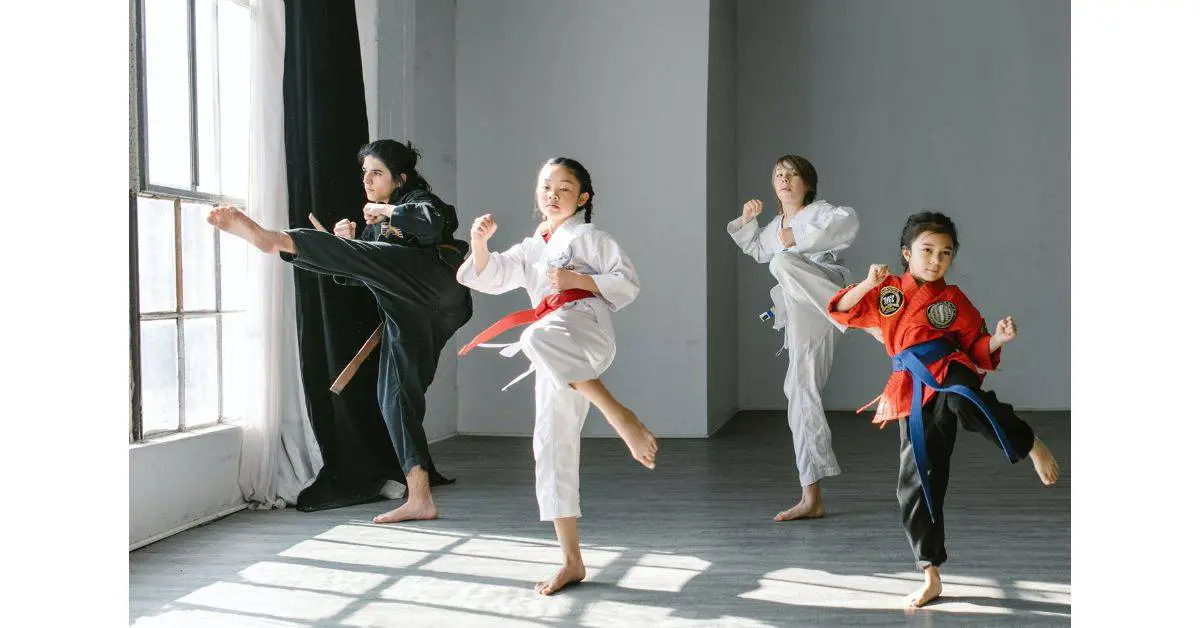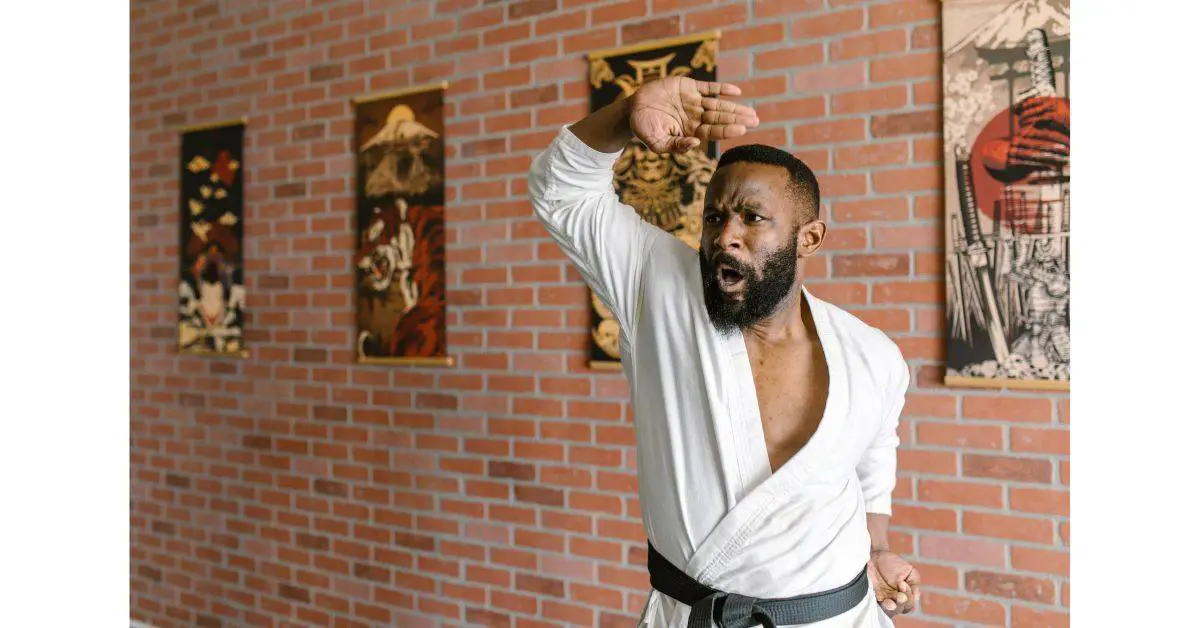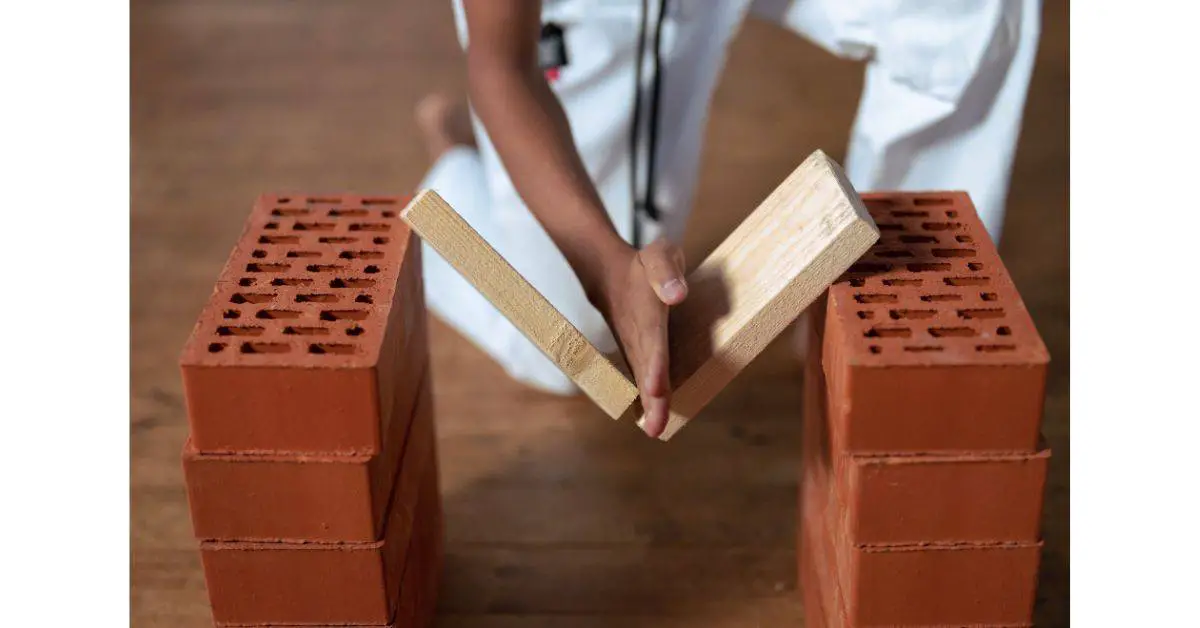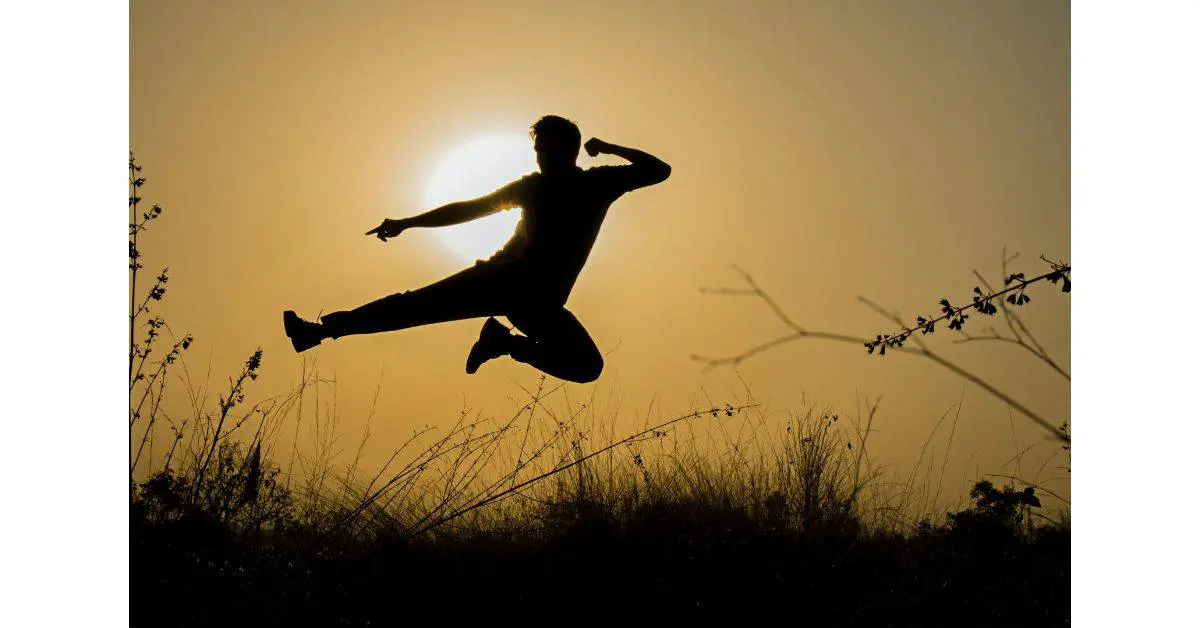Today, martial arts are at their all-time high in terms of popularity and effectiveness. Karate, specifically, is one of the best fighting styles for many purposes, including self-defense and self-improvement. However, some may wonder, is it focused more on punching or kicking?
Karate focuses more on punching rather than kicking. Most of its styles include more hand strikes because they put the fighter in a lesser risk. And still, some martial arts, such as Taekwondo, include more kicking, as they’re more effective when used with proper technique and different stances.
The fighting techniques you learn—are the one sole metric you need to look at when examining which fighting style you want to learn. If, for instance, you rather practice kicking instead of striking, consider learning boxing or karate.
On the other hand, if you want to study both, karate can be a fantastic choice for you. Of course, it focuses more on hand strikes, as I previously mentioned. So, don’t be alarmed when you notice they’re imbalanced.

This article will examine and demonstrate various punching and kicking techniques karate teaches. Additionally, we’ll discuss further which of the two fighting techniques, striking and kicking, is it more focused on.
Before diving in, I highly recommend reading an article I wrote about Karate’s belt order. Knowing this information—is a must for everyone who wants to do karate, even part-time. Without further ado, let’s dive into the article.
Which is karate’s focus, punching or kicking?
As I mentioned in the beginning of this article, karate focuses more on hand strikes rather than kicking. As a result, if you want to study kicking only, you better study another martial art, such as Taekwondo. So, which is karate’s focus, punching or kicking?
Karate focuses more on punching than kicking because they provide less risk for the trainee. As a result, those who use more kicks than strikes—will have a higher chance of getting injured than those who study karate. Nonetheless, some karate styles focus more on kicking rather than hand strikes.

I encourage you to look further into the styles of karate. Eventually, knowing all the different branches and what they teach—will allow you to make a wiser choice when deciding which to learn.
If, for example, you decide to study a karate style that doesn’t teach what you want to learn; guess what, you won’t keep up with training. As a result, you won’t notice any benefits you would’ve noticed if you chose a more suitable one.
If you want to know the full list of karate’s benefits, do follow the link to an article of mine.
The main rule-of-thumb you should follow is to learn a martial art you want to; contrary, some individuals decide to practice a fighting style they don’t truly want to learn. What happens as a result of that, they’re inconsistent and don’t notice any results.
Punching techniques karate teaches
Punching is one of the two primary fighting techniques karate teaches its trainees. Knowing some examples—will allow you to know what’s waiting for you. So, here are two examples of punching techniques karate teaches.
Palm strike
The palm strike is like any other strike, but it’s executed with your palm. It can cause massive damage if aimed to the face area and less at the abdominal. Still, it’s a punch you can throw extremely quickly. As a result, you can remain as unpredictable as possible by executing it. (Source)
Uraken (back fist)
Essentially, the Uraken comes from the elbow. You fold your elbow to your chest and then fold it back on the opponent. The amount of force you can generate with this type of punch is extraordinary. In fact, it’s not uncommon to see knock-outs with the back fist.
However, keeping your wrists safe—is a must. So, do follow the link to read more about the best karate gloves for your money.
Kicking techniques karate teaches
The second technique karate focuses on—is kicking. When you see a fierce kick, you know someone is getting knocked out. Eventually, a fierce kick is much deadlier than a powerful punch – regardless of who is throwing it.
Here are two kicking techniques karate teaches that potentially can cause plenty of damage.
Front leg sweep
The front leg sweep is when you’re in a proper position to sweep your foot across the opponent’s leg. As a result, you’ll cause momentum, which you’ll use to knock your opponent off-balance. Therefore, he’ll fall on his back if you executed the movement correctly.
Yokogeri (side kick)
The side-kick is especially suitable for self-defense because it can cause massive damage in an instant. As a result, if you use it in a self-defense situation, you’ll be solid to finish your opponent with this single kick.
Eventually, kicks can be much more effective than punching. That’s because their effects and impact can be much larger, as the legs are stronger than the arms.
As such, if you desire to learn the most impactful fighting techniques, consider working on your kicks.
What is more effective, punching or kicking?
Knowing which fighting technique is most effective—can help you in deciding which karate style to learn. Additionally, it’ll assist you in choosing which martial art to learn. For example, if you desire to study kicking, Taekwondo will be more suitable than boxing.
Kicking is more effective than punching because it uses the legs, a body part that can generate more force than the arms. As a result, many kicks can finish a fight and knock out the opponent single-handedly. Nonetheless, some punching techniques are highly practical, such as the hook.
Karate teaches both punching and kicking. That said, the trainees can aim their attention toward a single fighting technique every time. For example, if your weakness is kicking, you may want to work on that more than all the other movements.

If, however, you want to be a balanced fighter, trust your instructor and let him guide you toward being a fantastic fighter.
Eventually, regardless of which fighting technique, punching or kicking, you’ll focus on, your goal is to learn how to fight. Now, you can use each or both to do that. Of course, learning both and becoming a balanced, dynamic fighter—is much better than studying a single fighting technique.
Final words
To end this article, I want to emphasize how appreciative I am to the art of karate. After all, it has positively impacted the lives of many. So, if you want to improve yourself while learning to fight, consider starting your journey as soon as possible.
Many karate styles focus on different parts of fighting. For example, Uechi-Ryu, a traditional style, focuses more on hand strikes. However, Shotokan karate, also a traditional style, involves more kicking than the previous one.
However, the purpose remains the same. Karate is here to teach people how to fight appropriately. Therefore, it doesn’t matter what you learn on the way there, as long as you like it and desire to keep going and keep up with training.
If you enjoyed reading this article, I encourage you to read about the best karate Gi for your money. Having the highest quality equipment allows you to become a better fighter and progress faster.

